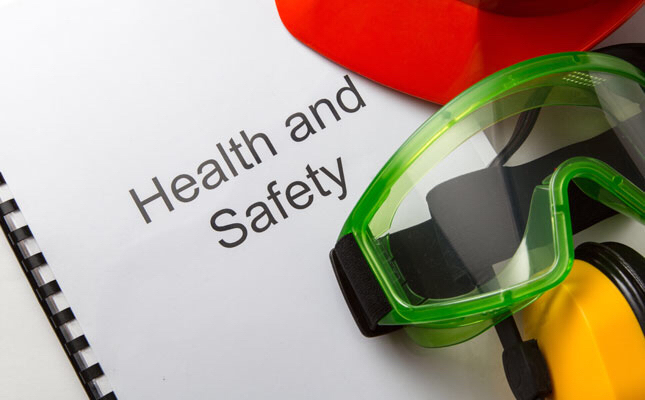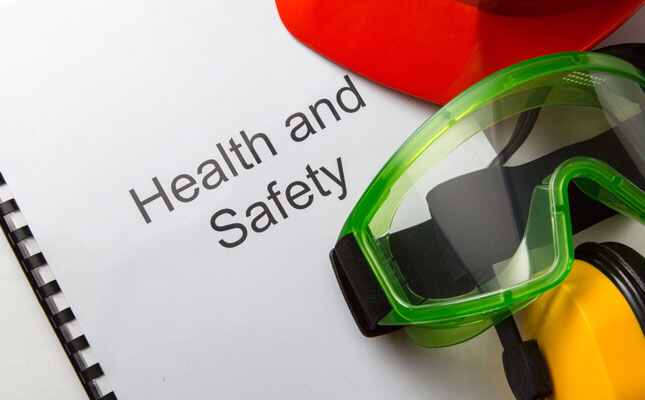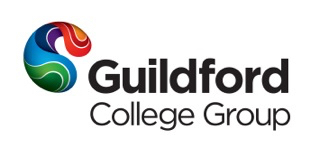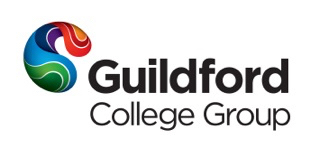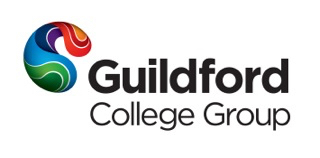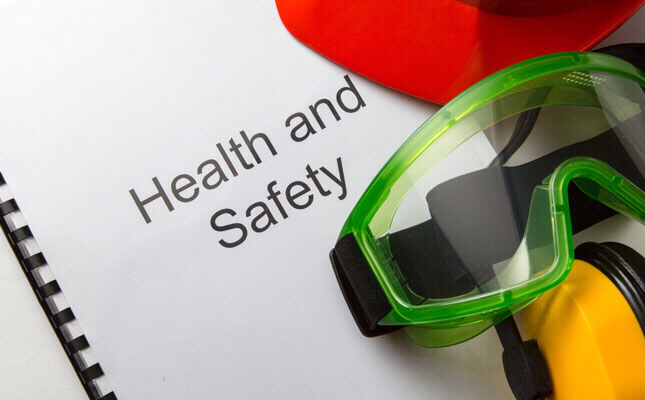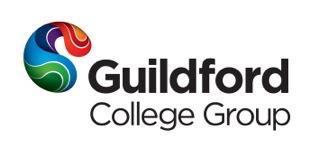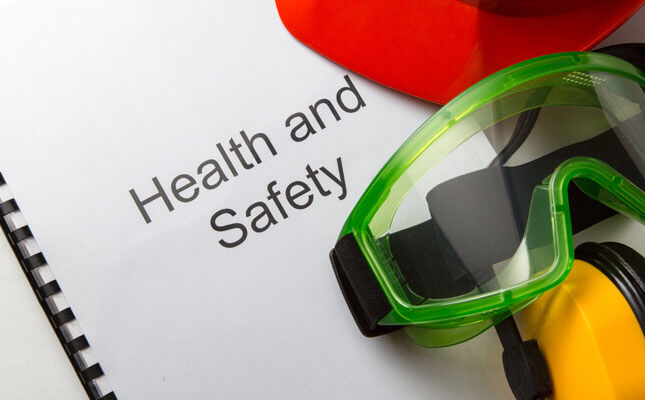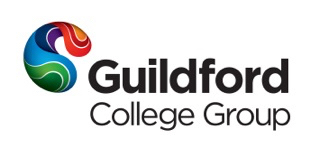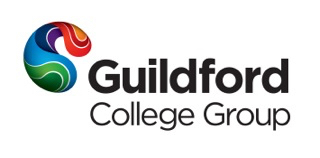Information
-
College Facilities (non science or workshops)
-
Site & Dept
-
Conducted on
-
Prepared by
-
Location
-
Personnel present
Select type of rooms/facilities being inspected
-
- Lecture Room
- Standard Classroom
- Cinema
- Conference Room
- LRC
- Office
- Storeroom
- IT Suite
- Dance Studio
- Photo Studio
- TV Studio
- Other
1. Layout
-
Area is clean, tidy and well kept.
-
Adequate working space provided for each staff member (approx 11m3 per person).
-
Floor is free of obstructions and slip resistant if appropriate.
2. Environment
-
Temperature is comfortable.
-
Lighting is adequate.
-
There is adequate ventilation.
-
Area is free from odors
3. Emergency Procedures
-
Evacuation procedures have been practiced. Date of recent practice?
-
Written evacuation procedures and exits displayed
-
Portable fire extinguishers have been provided and maintained.
-
There are adequate type and number of Portable fire extinguishers.
-
Escape routes and emergency doors are clear.
-
Emergency doors are serviceable.
-
Fire doors have been inspected and state date of recent inspection.
-
Are all staff aware of the accident/incident reporting procedures?
-
Does the dept have any Fire Wardens? If yes state names.
-
Procedures are in place for isolated / lone workers. Refer to Lone Worker Code of Practice.
-
Emergency and hazard signage is clearly visible on means of escape and entrances.
4. First Aid Facilities
-
There are appropriate first aid and emergency facilities in the near vicinity and staff and students are aware of them.
-
Kits are clearly signed, stocked and contents are in-date.
-
Are there sufficient levels of Trained First Aiders to provide assistance?<br>State names:
-
Names and contacts of first aiders displayed and up to date.
5. General Facilities
-
Washing facilities and toilets are nearby and are clean and functional.
-
Stairs passageways and store rooms are well lit?
-
Warning and Safety signage in good condition.
-
General room furniture and furnishings are in good condition.
-
Walls, windows, doors and furniture is in good condition.
6. Manual Handling
-
Where applicable manual handle procedures are followed.
-
Staff and students are inducted and trained in manual handling where relevant.
-
Trolleys are available and are being considered for heavy items or loads.
-
Step ladders or safe steps available to access light items stored on high shelves.
-
All manual handling task-related incidents have been adequately investigated and control measures implemented and reviewed.
-
Staff have been consulted to identify safer ways to do the job.
7. Storage
-
Materials stored on shelving and in bins/boxes are not above shoulder height.
-
Storage is designed to minimise lifting problems i.e. heavy objects not stored on upper shelves.
-
Racking and shelving is securely fixed to the floor or wall.
-
Evidence of regular inspections of shelving. Visual inspection monthly and detailed inspection every six months.
-
Evidence of regular inspections of racking. Visual inspection monthly and detailed inspection every six months. Annual examination required by a structural engineer.
-
Safe lifting signs displayed.
-
Are storage areas labelled appropriately and organised.
8. Slips and Trips
-
Staff and students are inducted and trained in avoiding slips and trips.
-
Warning signs are available and erected near spills
-
There are special provisions for slip resistance in wet areas.
-
Guard rails and slip resistance are provided on ramps and stairs.
-
All slip and trip incidents have been adequately investigated and control measures implemented and reviewed.
-
Significant hazards have been identified and assessed and all the factors that will affect the risk have controls implemented.
-
Walkways are free of hazards, such as electrical leads.
9. Electrical Safety
-
Staff are inducted and trained in Electrical Safety Awareness and are following applicable Safe Procedures.
-
All portable equipment have in-date PAT test tags / labels.
-
Flexable cord, plugs and extension leads are in good condition and have either moulded or transparent type plugs.
-
Electrical outlets are suitable for the location and are positioned safely.
-
If there are insufficient electric sockets available, multi-socket extension cables are used (not multi box-type adapters).
-
Faulty equipment is labelled 'do not use' or is quarantined.
-
Any portable electrical heaters in use are of convector type i.e. Hot air rising or blowing out. Halogen or electric bar heaters are not permitted.
10. Display Screen Equipment ( DSE)
-
All Workstations have been risk assessed for suitability and serviceability.
-
Where workstations are used by a single staff member, have they completed DSE Awareness training?
-
Where workstation assessments have identified problems, have any requirements been addressed by management?
-
Are Workstations clear of clutter and free of obstructions beneath and on top of the desk?
11. Building / room Risk Assessment
-
Has a risk assessment been prepared identifying significant hazards and risks within the room or work area?
-
Has the risk assessment been endorsed by management?
-
Are all staff aware of the contents of the risk assessment and signed a RA Declaration form?
12. Training and Competency
-
Have all staff attended Induction?
-
Have all staff completed mandatory role specific training?
-
Have all staff completed mandatory HS&E practical/classroom training as per the HS&E training matrix?
-
Have all staff completed mandatory HS&E online training as per the HS&E training matrix? <br>Minimum requirements are:<br>Health and Safety Awareness<br>Fire Safety Awareness<br>Display Screen Equipment Awareness and self assessment.
13. Hazards and Observation
-
Observations
-
Add media
-
Hazards
-
Add media
14. Action Plan to rectify Non-Compliances Identified.
15. Date of Follow-Up Inspection
-
Select date
Please sign, scan and email this final page of the report to the HS&E Manager.
-
HoLS/Head of Dept Name & signature
-
Health & Safety Compliance Officer Name & signature
